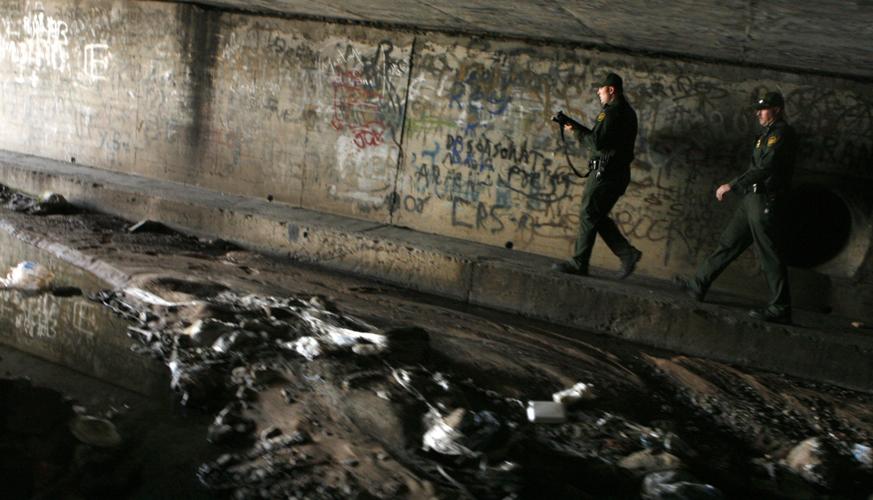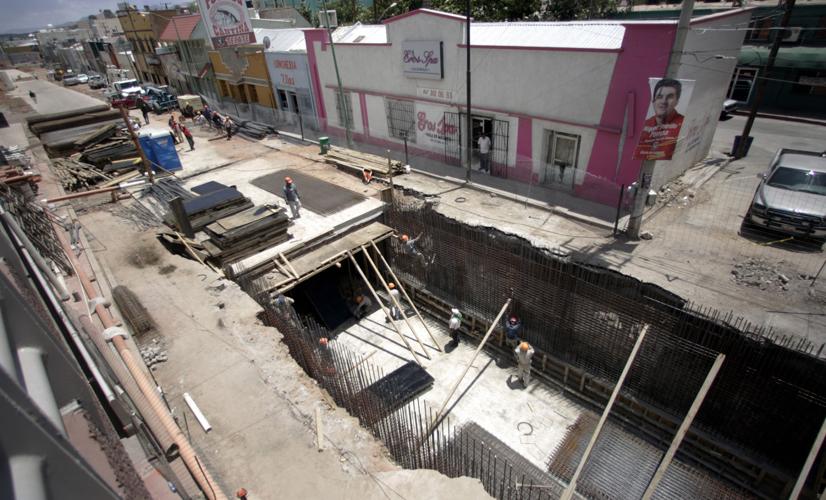The federal government will investigate whether a floodwater drainage tunnel under a busy U.S.-Mexico border crossing in Arizona is at imminent risk of collapse and poses a safety threat to border crossing motorists and federal officers working there.
The General Services Administration said in a statement this week that it will launch the study of the tunnel under the Nogales, Arizona, crossing next month.
Monday’s announcement came after U.S. Sens. John McCain and Jeff Flake sent a letter to the GSA last week warning a tunnel collapse would hurt cross-border trade and tourism.
Such a collapse could cause cave-ins sending motorists and their cars plunging into the tunnel and prompt the closing of the Dennis DeConcini Port of Entry crossing, officials have previously said.
The Nogales border area is now entering its monsoon season, when heavy rains can cause destructive flooding.
“As you know, the coming monsoon season could bring torrential rains and floods that will place the Grand Tunnel at further risk,” McCain and Flake wrote.
There are two drainage tunnels between Nogales in the Mexican state of Sonora and Nogales, Arizona.
Water runs north into the U.S. at the crossing when it rains because of the area’s topography. But there is insufficient infrastructure on the Mexican side of the border to prevent inundations from hitting the U.S. side along with debris carried by the floodwaters.
A 2014 flood that started on the Mexican side was so strong that it knocked over part of a steel border fence varying in height from 18 feet to 24 feet and destroyed mobile homes and businesses on the Arizona side. Repairs for the fence alone cost $730,000.
Officials have been concerned about the tunnel’s structural integrity for years. In 2008, another cross-border tunnel on the Mexican side collapsed during heavy flooding in the area. There were no injuries, but severe flooding hit both sides of the border.
A 2014 visual inspection of the tunnel found that the walls and floor of the tunnel under the Nogales crossing were eroding, according to the U.S. International Boundary and Water Commission. Rebecca Rizzuti, a commission lawyer, said it is up to the GSA to reach conclusions on the actual condition of the tunnel.





